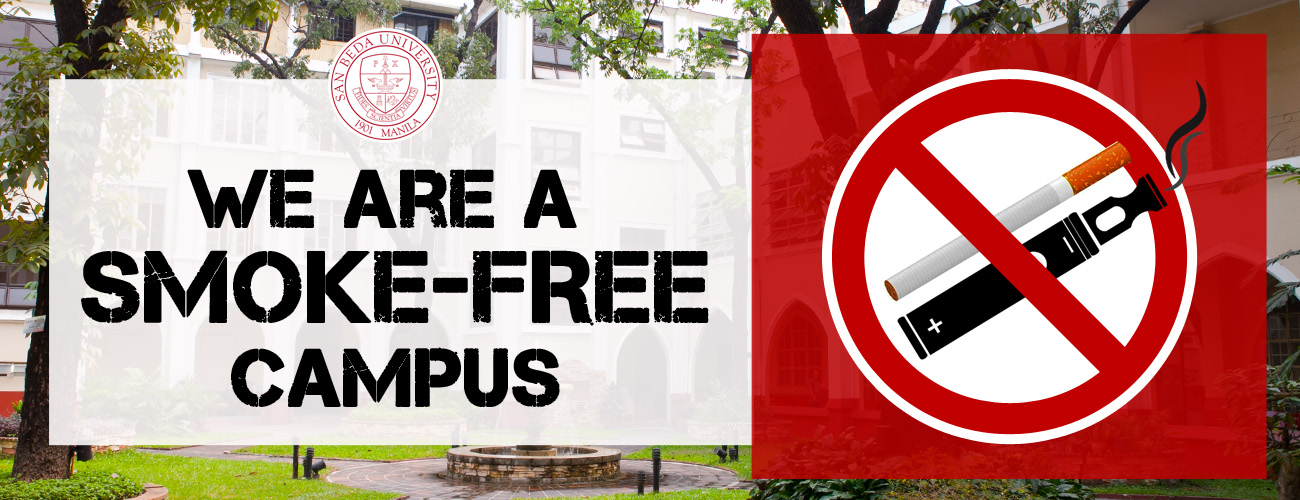 | |||||||||||||||||||||||||||||||||||||||||||||
History of San Beda UniversitySan Beda University opened in 1901 as El Colegio de San Beda with 212 students under Fr. Silvestre Jofre as rector, offering the equivalent of today’s basic education and the first two-years of a college Bachelor of Arts degree. Through a succession of 22 determined rectors – 15 Spaniards, one American, and six Filipinos - the school has successfully engaged every challenge and opportunity in its 12 decades of Philippine presence. It was steered to university status, with more than 9,000 students in 2018, by Fr. Aloysius Maranan, the last rector-president as college and the first as university.
The Great Depression and the American BenedictinesThe growth spurt in the 1920’s was blunted by the 1930’s “Big Crash”, with the wealth base of the economic elite swiftly eroded by the crumbling world economy. Rector Fr. Bernardo Lopez acted decisively to manage the crisis as the previous decade’s sterling growth was gained at the cost of heavy loans. Severe austerity measures were put in place while simultaneously expanding the enrollment base. In genuine Christian sensitivity to the economic blight of the parents, tuition and other fees were reduced. “It was a great moral act, an act of compassion”, a parent remembered. The financially difficult times shaped a cadre of captains of industry – the Cabarrus brothers, the Delgados, the Nietos, Antonio Roxas Chua, Leocadio de Asis, and others.
The extended decline in the world economy and the high financial cost of the expansion of the campus combined to severely strain the purse of San Beda. Vital assistance was extended by the Benedictines from the U.S.A. who sent a delegation of three to Manila. One of them, Fr. Boniface Axtman was appointed rector in 1941. He is the sole American rector in the annals of San Beda. Abbot Alcuin Deutsch, president of the Benedictine St. John’s University in Minnesota, was appointed apostolic administrator of the Manila Benedictine community and of San Beda. World War II and the Bedan HeroesWhatever hopes and plans there were for this era went up in smoke as the Second World War broke out. With the Japanese attack on Pearl Harbor on 8 December 1941, the Philippines was immediately drawn into the conflict. The Filipino youth, many Bedans among them, trooped to mobilization centers. War survivors had many accounts of individual heroism by Bedans, identified through their tribal badge of Bedan and Red Lion. Tony de Gracia (Class of 1941) told of Bedan “units” who stayed together and fought in groups. One such unit never surrendered and held their position until enemy infantry overran them. Three days after the attack at Pearl Harbor, San Beda was used by the American Quartermaster Corps until they evacuated to Bataan. When the Japanese Imperial Army entered Manila, San Beda’s main building was again used as headquarters and depot. The three American priests were hauled to the concentration camps in Los Baños, Laguna. They avoided a planned massacre and survived. By the war’s end, the campus was used by the 60th U.S. Army Field Hospital. St Bede’s Hall was not damaged as the artillery fire was aimed districts south of the Pasig River. After an interruption in the early months of the war, San Beda was able to resume operations in July 1942, under restrictive and dangerous conditions. Financial survival was made possible not from tuition fees but from entrepreneurial activities. Even in tough wartime conditions, San Beda was able to celebrate the Pista ng Santo Niño de Praga with a solemn high mass in the Abbey Church, a candlelit procession, hymns and prayers.
The Den of Bedan LawyersFr. Sergio Martinez, rector only for one year, opened the College of Law in school year 1948-49. Founding Dean Atty. Feliciano Jover Ledesma ensured great success by recruiting a powerhouse faculty led by Roberto Concepcion, 1924 bar first placer and Chief Justice from 1966 to 1973, and Diosdado Macapagal, 1936 bar first placer and Philippine President from 1961 to 1965. A perfect 100% bar passing rate was achieved in 1952, ‘53, ’54, ’55, ’56, ’57, ’60, ’61. There have been eight first placers and dozens have landed in the top ten. Since its founding, there has been a steady stream of congressmen and senators, judges and justices, high level public and private executives. In 2016, a member of the Law Class of 1972, Rodrigo Duterte, was elected President of the Republic of the Philippines. Elpidio Quirino, Philippine President from 1948 to 1953, remarked “The increasing number of Bedan alumni, in the public as well as in the private service, is eloquent proof of its success in instilling love of God and country in the minds and hearts of our young.” Then Vice-President Fernando Lopez echoed “In the annals of Christian education, the traditions of San Beda College are shining examples. This college has trained many of our national leaders. It has won an enviable reputation among the institutions of learning.” Fifteen Bedans have been appointed to the Supreme Court - Chief Justice Roberto Concepcion, and fourteen Associate Justices: Florenz Regalado, Justo Torres, Romeo Callejo, Antonio Eduardo Nachura, Samuel Martires, Jose Mendoza, Noel Tijam, Bienvenido Reyes, Antonio Martinez, Jose Reyes, Mariano del Castillo, Ramon Paul Hernando, Mario Lopez, Samuel Gaerlan.” In the 2019 Bar Exam, SBU had 190 passers, the most by any law school. The combined SBU Manila and SBC Alabang bar passers comprised 15% of the new lawyers. Second Wave of Construction and Artistic FloweringA quarter century after the Mendiola campus opened, Abbot Celestine Gusi presided over the second construction wave and artistic flowering in San Beda. St. Benedict’s Hall was constructed and inaugurated in 1952. Covered basketball courts followed a year later. At St. Bede’s Hall, the Jubilee garden and fountain were built and an obelisk honoring the Bedan dead was erected. The Sabater garden and fountain was built at another wing. Five years after Abbot Gusi returned to Europe to take on the higher post of Abbot Visitator, another structure, St. Anselm’s Hall, was inaugurated, in 1963.
The Filipino BenedictinesAbbot Gusi’s legacy is manifested not just through the physical improvements but is more importantly rooted in the fateful decision to Filipinize the abbey. The practice of bringing in monks from Spain was discontinued. The responsibility for recruiting Filipinos to receive the torch was first handed to Fr. Anselmo Sison, one of the first Filipino Benedictines. Among the early novices who survived the rigors of Benedictine formation were Fr. Celestine Say, who became the first Filipino prior, and Fr. Benito Afuang, who became the first Filipino principal. The precarious dearth in vocations started two decades earlier. No novice had entered the cloister since the financially disastrous 1930’s. When Abbot Gusi’s group arrived in 1948, there were only eight Spanish priests left. The ranks were so depleted that Fr. Sergio Martinez held multiple posts – rector, high school principal, athletic moderator, etc… Fr. Sylvestre Lacson, a prior and rector, referred to Abbot Gusi’s decision to recruit Filipinos as “a watershed in Benedictine evolution”. Those who passed the litmus test and withstood the vocation fallout in the years following the reforms promulgated by the Second Vatican Council guided the school’s progress through the turbulent political unrest of the 1960’s. Protest rallies were frequently held in front of San Beda’s gates. The construction of a new water sports complex- training pool, diving pool, and pool bleachers, was started in in this period with assistance from the alumni and parents, and formally inaugurated on 2 February 1968. A new Alma Mater Hymn was sung by the Class of 1969 during their graduation. The lyrics were written by Raul Roco, senator, with music by Fr. Benildus Maramba. This was the period when Ninoy Aquino, Class of 1948, captured the nation’s imagination and was projected as the next national leader in elections set for 1973. Batas Militar at DiktaduraBut Martial Law was imposed in 1972 and Ninoy Aquino, Ramon Mitra, Raul Roco, Rene Sauisag, and other Bedan leaders were arrested. Under the dark years of the dictatorship, Rectors Fr. Bernardo Perez, Fr. Emmanuel Balcruz, and Fr. Sylvestre Lacson ably kept the school on even keel in the face of constant monitoring, pressure, and threats by government agencies. Priests criticized the dictatorship through homilies. Students and alumni attacked the dictator through protest rallies that occasionally involved cocktails with a Russian name. A number joined the underground resistance in the fight for freedom and basic rights; many were arrested. Among them was a Benedictine monk, Carlos Tayag, who was never able to return to the cloister. The office of the The Bedan, the school paper, doubled as secret headquarters for the leaders of student activism. On the spiritual side, the Peace Retreat Movement started. Leading the program were Fr. Bellarmine Baltasar, who would become rector of Alabang, and Fr. Andres Formilleza, who would become abbot in 1989. Benedictine Abbey School in Alabang opened in 1972, offering Grade School and High School. It is now named San Beda College Alabang, offering education up to graduate level. In 1981, the Monastery of the Transfiguration was founded in Malaybalay, Bukidon with Abbot Eduardo Africa as superior. On 21 August 1983, Bedan Ninoy Aquino was assassinated, and the country was plunged in turmoil. Bedans participated in all sorts of protest actions attacking the violent abuse of power and the plunder of the country’s coffers. Ninoy’s hearse passed streets lined by two million people in a stinging rebuke to the dictator. To honor Aquino, The Bedan published a special issue. A Holy Mass, with the widow and future president Corazon Aquino in attendance, was celebrated in the abbey church by Fr. Sylvestre Lacson, Ninoy’s high school classmate. The protests culminated in the 1986 People Power Revolution. The first St. Placid’s Hall, which housed the medical-dental clinic and the bookstore, was completed on 1976. The athletics/scouting building was blessed in 1982. An extension was built on St. Anselm’s Hall, above the existing grandstand, also in 1982.
The New MillenniumFr. Anscar Chupungco became rector-president from 2001, San Beda’s centenary, to 2007. This was also the year that San Beda was granted the five-year full autonomy and administrative deregulation by the Commission on Higher Education. More undergraduate degree programs were offered in the College of Arts and Sciences, where females were accepted beginning in 2003. In 2001, the Graduate School of Business opened, and the College of Law received the Model Law Library Award given by the Supreme Court. The red toga was adopted in 2002. A new Athlete’s Quarters and the St. Joseph Physical Plant Building were constructed.
The College of Medicine graduates first exceeded the national licensure exams average rating in February 2012 with an 84% rating for first time takers. By 2013, overall rating, including irregulars hit 89% in2013 when Marie Angelie So placed fourth in the licensure exams. In 2014, Grace Arviola earned third place and the first time takers’ ratings breached the 90% mark. The student population crossed the 600 mark in 2012. The College of Nursing was rated third best in the country during the December 2005 board exams when Pearl Austria Martinez earned the eighth highest mark. It has consistently exceeded the national passing average and obtained a class passing mark of 100% in 2016, ’17, ’18. So far, five graduates have landed in the top ten places in the licensure exams. The Integrated Basic Education (Grade School and High School) were transferred in 2004 to Taytay, Rizal, where girls were accepted. The first doctoral degree, Doctor of Liturgy was conferred in 2006. In 2007, the San Beda College Museum was inaugurated. St. Placid Sports Center, the training den of the fabled Red Lions basketball team, was constructed in 2002 then repaired and renovated in 2010. Co-named as the Don Luis Go Sy Memorial Center, it houses the Robert Coyiuto, Jr. Gymnasium and the Manuel V. Pangilinan Gymnasium. The Montserrat Center for Religious Formation was inaugurated in December 2011 to better serve the need of the Bedans of Manila, Rizal, and Muntinglupa for spiritual retreats. A sculpture of St. Benedict created by National Artist Napoleon Abueva was installed at the Jubilee garden in 2008 and one of St. Bede by Dionas Roces was installed in 2018. University Status | |||||||||||||||||||||||||||||||||||||||||||||
The Making of San Beda as University
July 22, 2010 | The challenging task of regaining San Beda’s Level III status (a seal of excellence given by FAAP and PAASCU) which could open possibilities for San Beda to become a University in the future, was given to the newly installed 22nd Rector-President, Very Rev. Fr. Aloysius Ma. A. Maranan, OSB. | 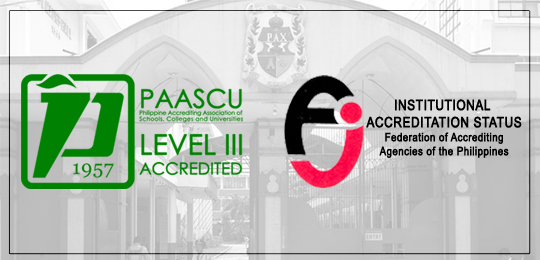 | |||||
December 11, 2012 | Commision on Higher Education (CHED) Memorandum Order No. 46 was issued that requires Higher Educational Institutions to be horizontally re-classified as a University, College or Professional Institute. The CMO 46 contains an outcomes-based and typology-based quality assurance. It also contains upgraded and rigorous requirements which includes Institutional Sustainability Assessment (ISA) and International Standard for Organizations (ISO). | ||||||
November 13, 2014 | The Rector-President, Rev. Fr. Aloysius Ma. A. Maranan, OSB, presented the feasible but challenging concept of applying for San Beda College to become a university to the Prior-Chancellor Rev. Fr. Rafaelito V. Alaras, OSB and Board of Trustees (BOT) Chairman Dr. Manuel V. Pangilinan. | ||||||
November 14 and 19, 2014 | Crafted the work preparations and timeline for the University application by Rev. Fr. Aloysius Ma. A. Maranan, OSB with the Vice-President for Academics, Dr. Josefina Manabat and selected SBC administrators. | ||||||
December 2, 2014 | Unanimous approval of the application of San Beda to become a University by the Benedictine Community in its Chapter meeting. | ||||||
December 5, 2014 | Presentation to and approval by the SBC Administrators Council of the Plan and Roadmap for University Application by the Rector-President. Rector-President organized the Technical Working Committee for the University application. | ||||||
December 6, 2014 | Approval of the University application of San Beda by the Board of Trustees in its quarterly meeting. | ||||||
March 16 – 17, 2015 | Conducted an institutional Strengths, Weakness, Opportunities and Threats (SWOT) analysis in preparation for the University application. | ||||||
April 13 – 17, 2015 | Crafted an Action Plan for the University Application during the week-long Administrators Council Strategic Planning in the Transfiguration Monastery, Malaybalay, Bukidnon. | ||||||
June 25, 26 and July 2, 2015 | Institutional evaluation of San Beda’s classification based on Commission on Higher Education’s (CHED) Horizontal and Vertical Typologies conducted by CHED officials. | ||||||
July 2 -3, 2015 | Presentation to the Rector-President of the Technical Working Committee’s report on the micro-assessment of the preparedness of SBC units on the Autonomous and University application. | ||||||
July 25, 2015 | Board of Trustees Strategic Visioning and Planning on the University application held in the First Pacific Leadership Academy, Antipolo City. The Rector-President’s presentation to the Board of Trustees on updates on the Timeline for Autonomous and University application. | ||||||
August 5, 2015 | Initial consultation and discussion with faculty and student representatives on the plan of San Beda to apply for University conducted by the Administrators Council. | ||||||
August 10 -14, 2015 | Finalization and presentation of the Integrated Action Plan for Autonomous and University application prepared by the Technical Working Committee to the Rector-President. | ||||||
September 26, 2015 | Board of Trustees’ review and enhancement of the updates on the University application presented by the Rector-President. | ||||||
November 16 – 20, 2015 | Translation of the Board of Trustees Strategic Objectives into a Five-Year SMART Development Plan (2016-2021) in line with the University application during the Administrators Council Planning Seminar in Montserrat Center of Spirituality, Silang, Cavite. | ||||||
December 1, 2015 | Presentation to the alumni and all Bedan stakeholders of the current state of San Beda and its readiness to become a University by the Rector-President during the Rector-President’s Night. | ||||||
December 5, 2015 | Board of Trustees’ unanimous approval and endorsement of the immediate implementation of the plans and programs of the Rector-President re: “The Road to Excellence in Our Bedan Educational Mission Part I.” Rector-President’s presentation to the Board of Trustees of the Five-Year SMART Development Plan (2016-2021) in line with the application for University. | ||||||
January – August 2016 | Finalization of the documentary requirements for University application by the Governance and Quality Assurance Office. | ||||||
April 22, 2016 | Comprehensive discussion on the full compliance of San Beda to the University requirements by the Governance and Quality Assurance Director during the Administrators Council meeting. | ||||||
June 28 – July 1, 2016 | Revisiting of the Institutional Outcomes, Institutional Objectives and the Five-Year SMART Development Plan (AY 2016-2021) aligned with the application for University by the Administrators Council. | ||||||
July 23, 2016 | The Board of Trustees’ approval and resolution on the strengthening of San Beda’s international research capability based on the presentation of the Rector-President re: “The Road to Excellence in Our Bedan Educational Mission Part II,” in response to the CMO 46 requirements for University status. | ||||||
August 16, 2016 | The Benedictine Community’s approval of the official name “San Beda University” (SBU) during its Chapter meeting. | ||||||
August 18, 2016 | The Rector-President’s approval of the 10-year Strategic Plan submitted by the SBC Administrators’ Council. Application documents Solemn Ceremonial Send-Off | 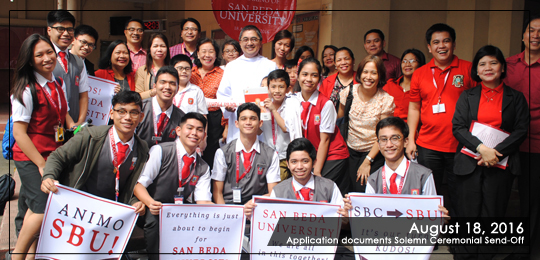 | |||||
August 22, 2016 | Formal submission of San Beda College’s application to be horizontally re-classifed as a University to the Commission on Higher Education Office. | ||||||
November 23, 2016 | Thanksgiving Mass and Blessing of Exhibits in preparation for the CHED Visit | ||||||
November 24, 2016 | Courtesy Call of CHED Quality Assurance Assessors | ||||||
February 22-25, 2017 | Strategic Planning for San Beda University 2027 | ||||||
August 30, 2017 | Launching of San Beda Five-Year SMART Plan and the NEW BEDAN TODAY | ||||||
October 10-11, 2017 | I.S.O. Certification Audit | ||||||
December 14, 2017 | CHED Quality Assurance Second Validation Visit | ||||||
February 6, 2018 | Administrators Council Thanksgiving Mass in the Historic Church of Baler, Aurora The CHED Office of Institutional Quality Assurance and Governance officially informed Rev. Fr. Aloysius Ma. A. Maranan, OSB that the Commission en banc approved the horizontal classification of San Beda as a UNIVERSITY during the 501st Joint Management Committee and Commission en banc (ManCom-CEB) meeting held on February 6. | 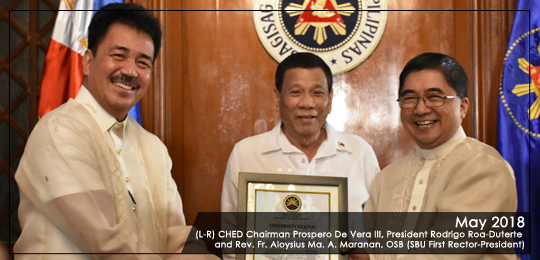 | |||||
February 4-8, 2019 | First Foundation Anniversary of San Beda #SBC2SBU | ||||||


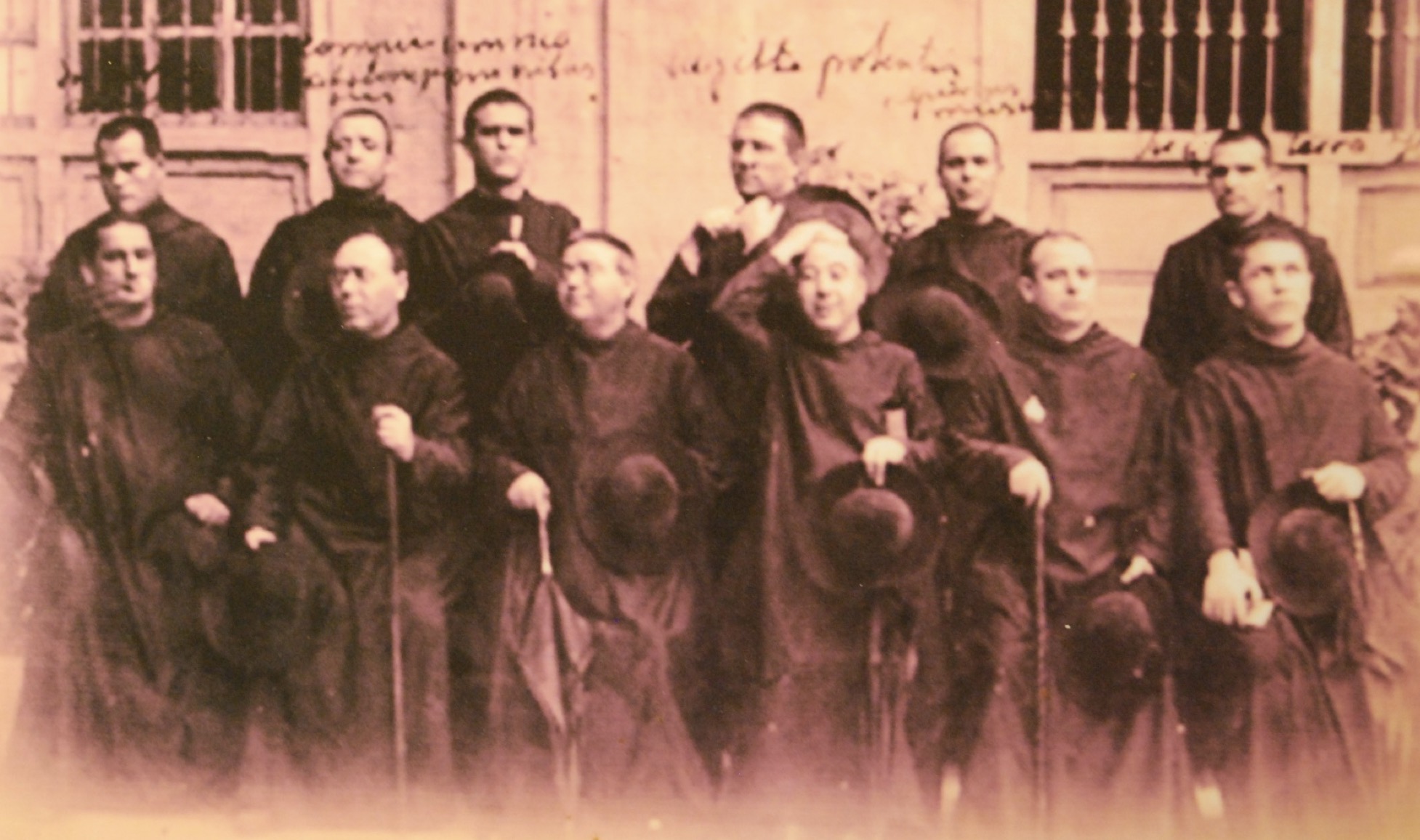
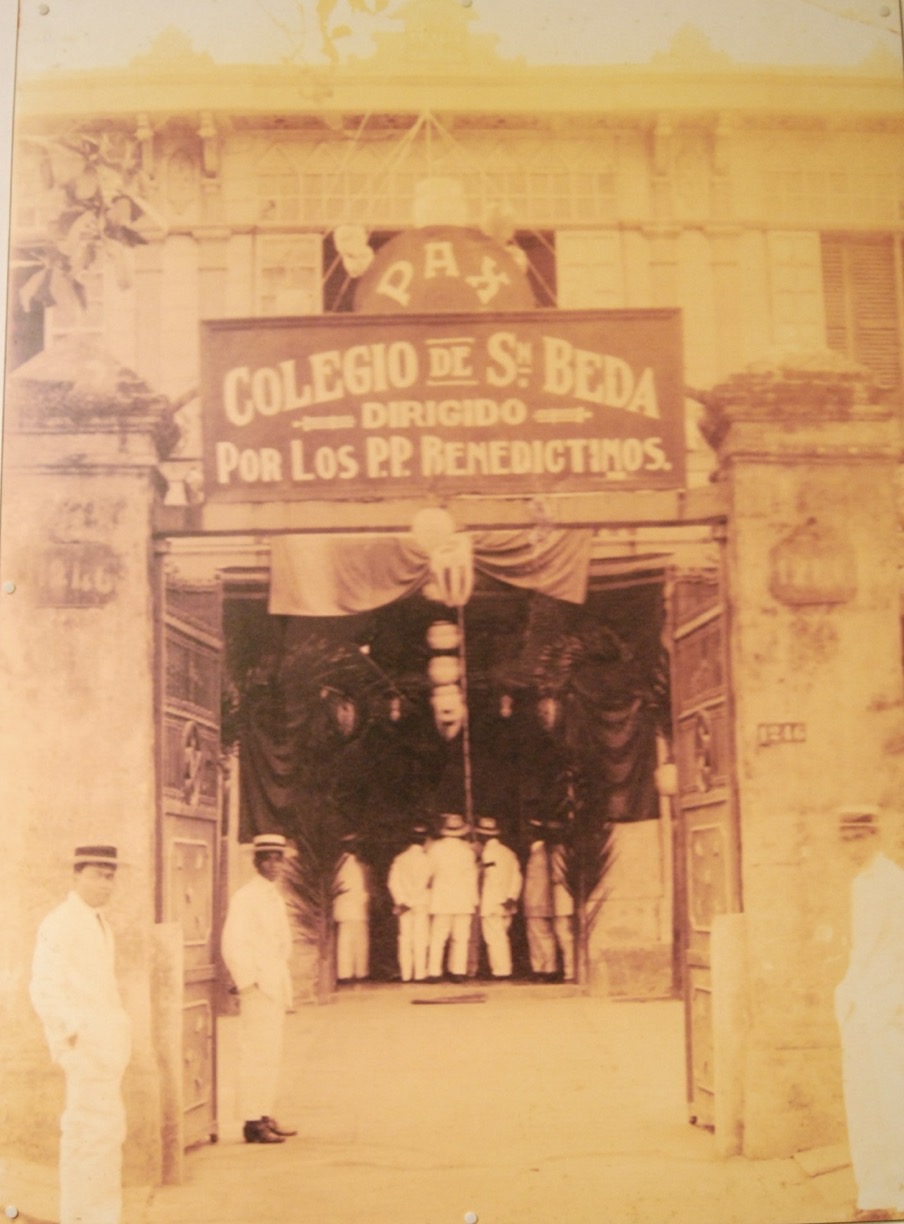
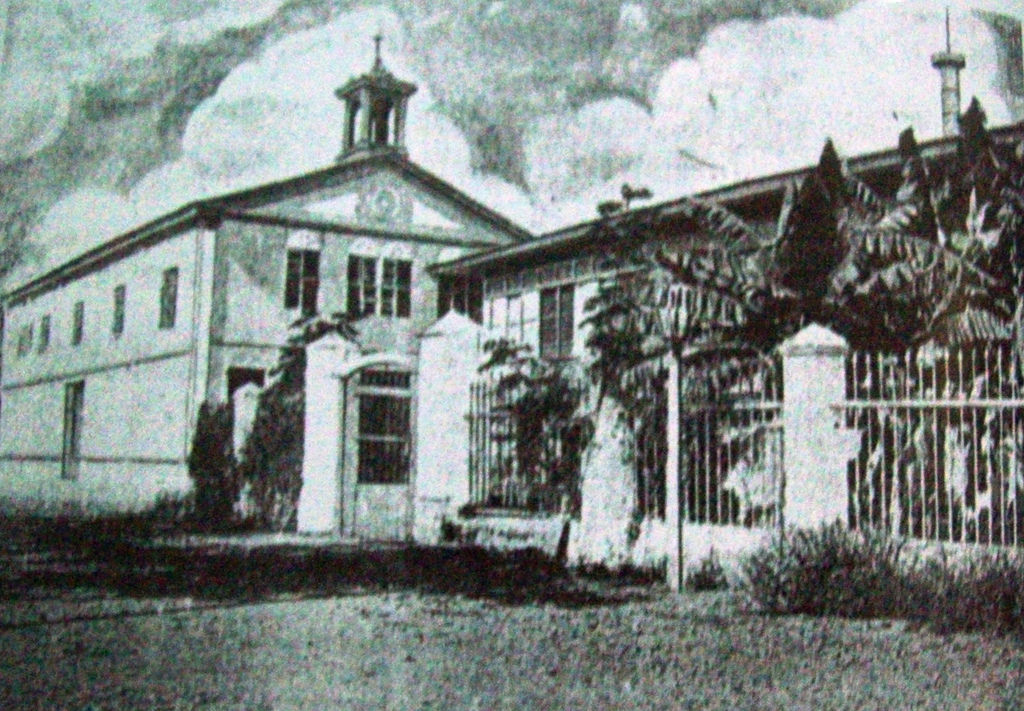
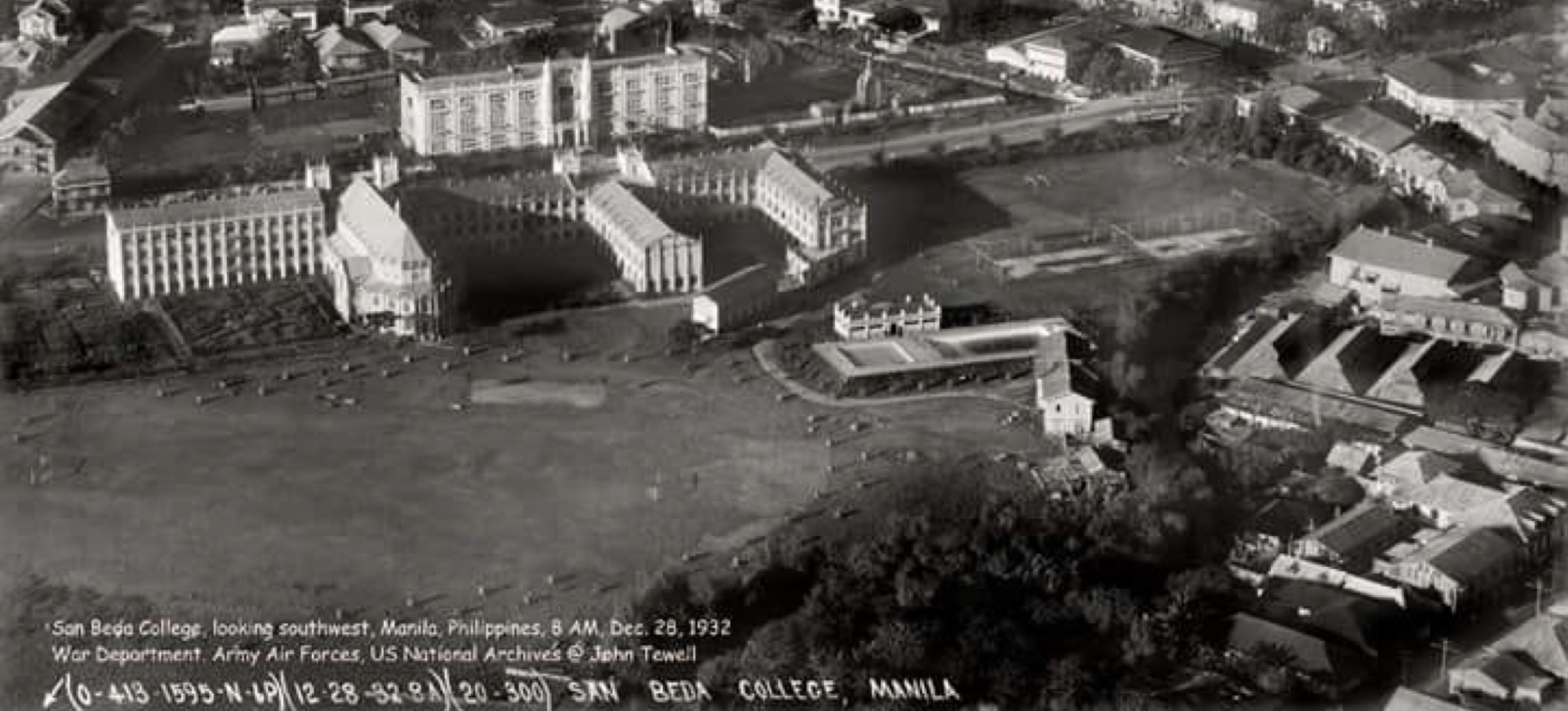
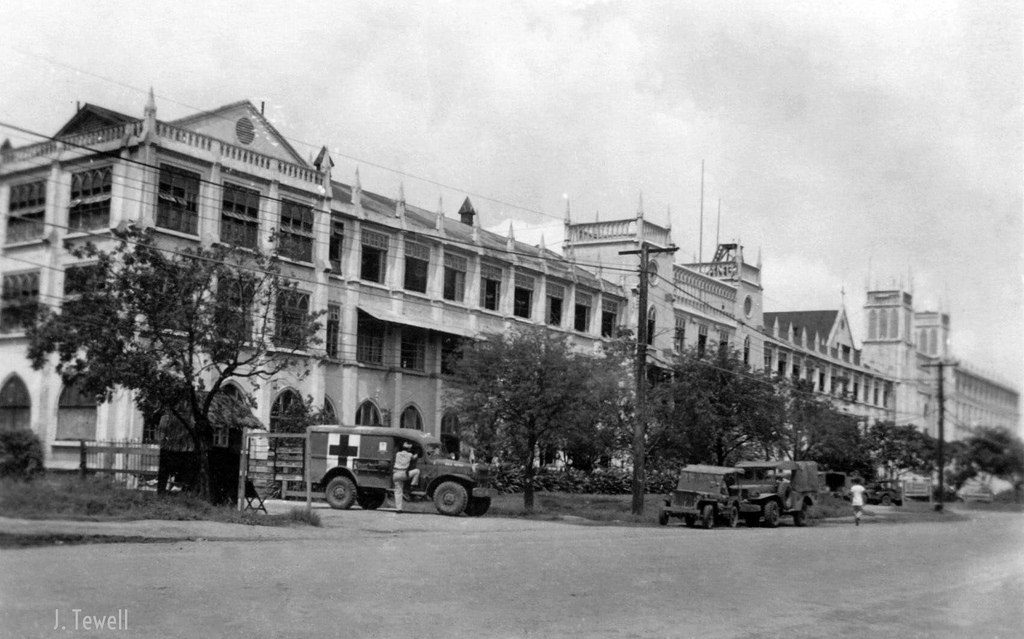
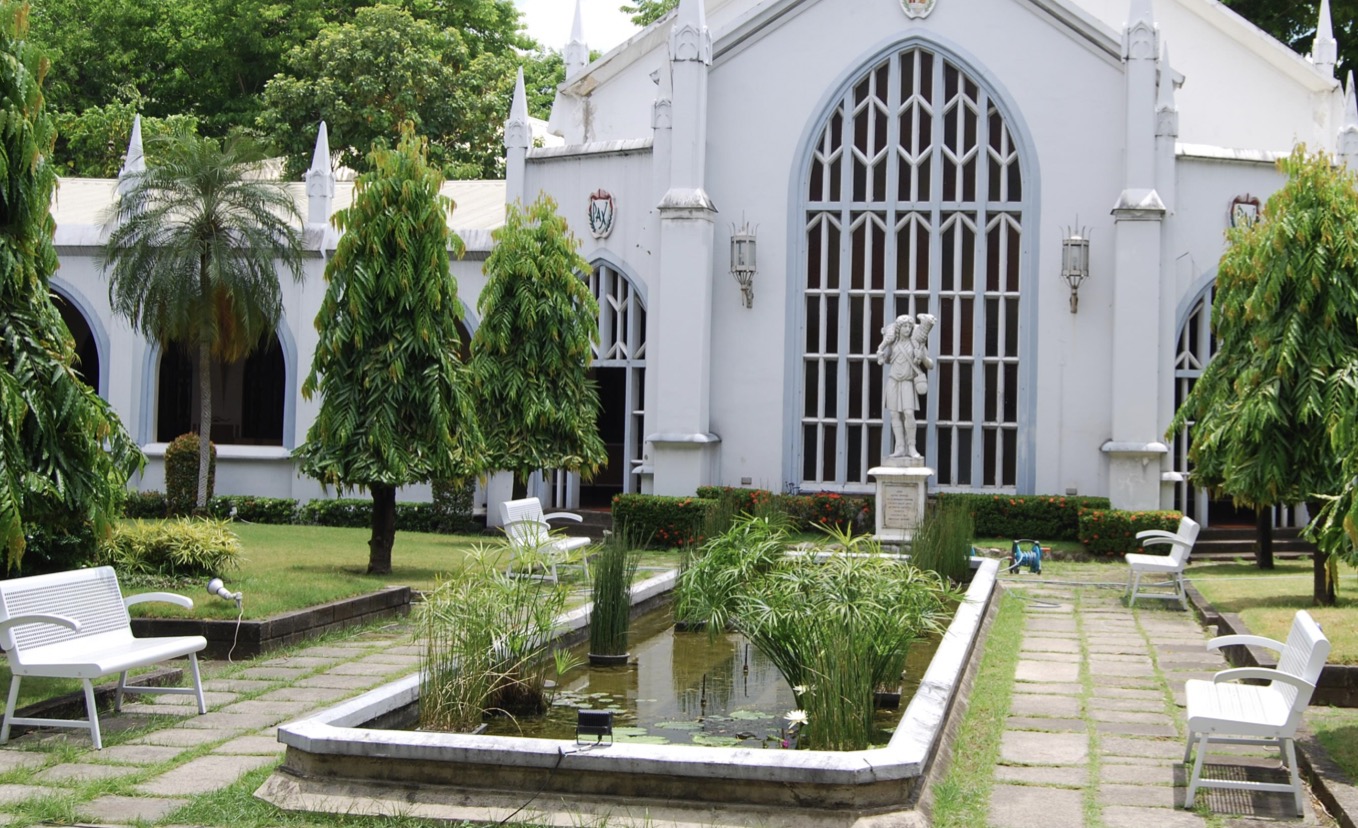
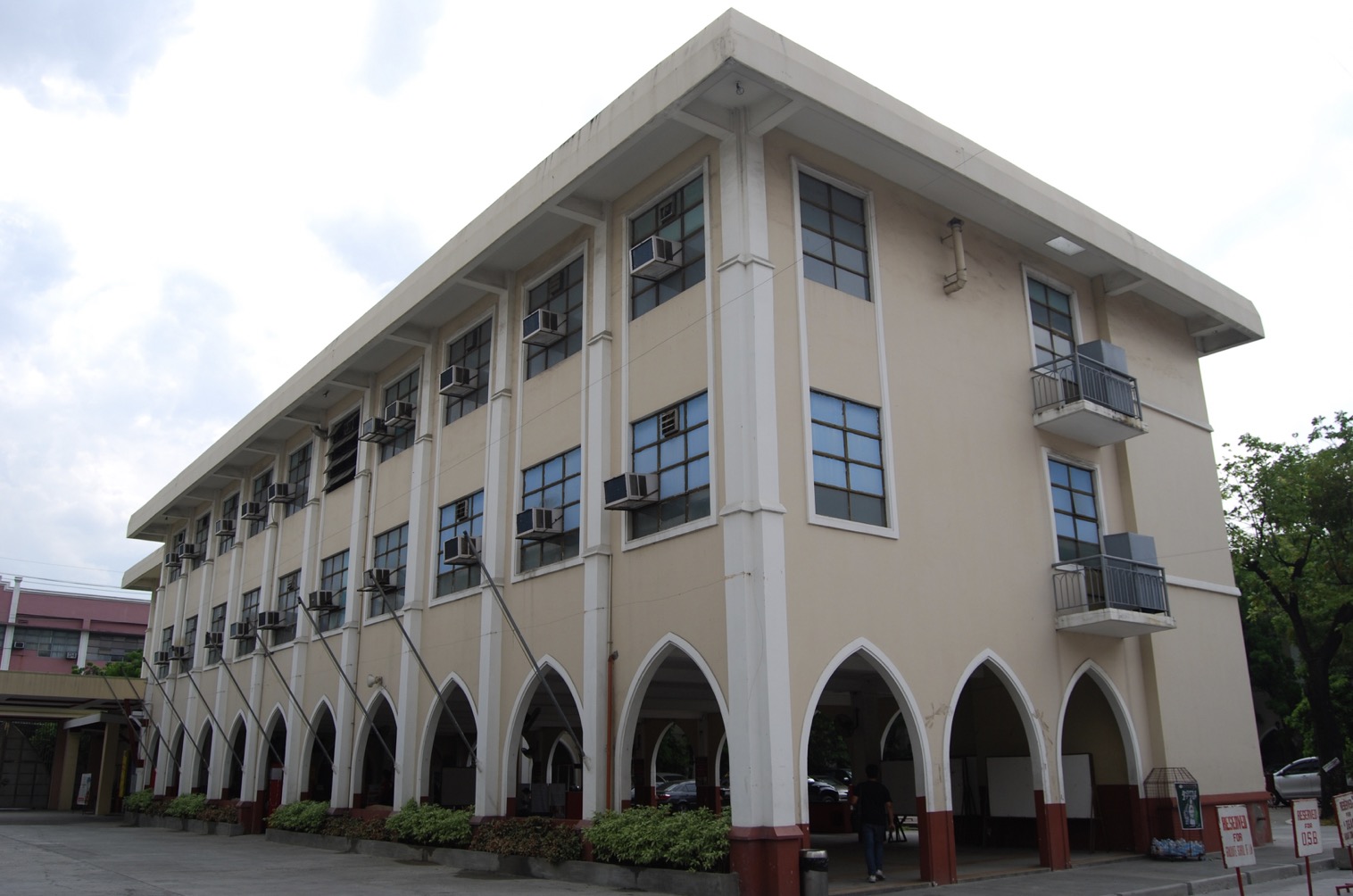
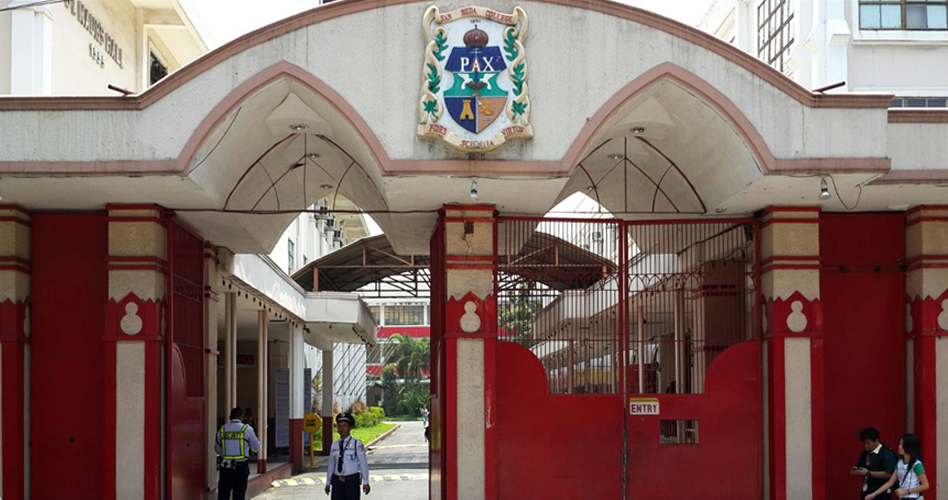
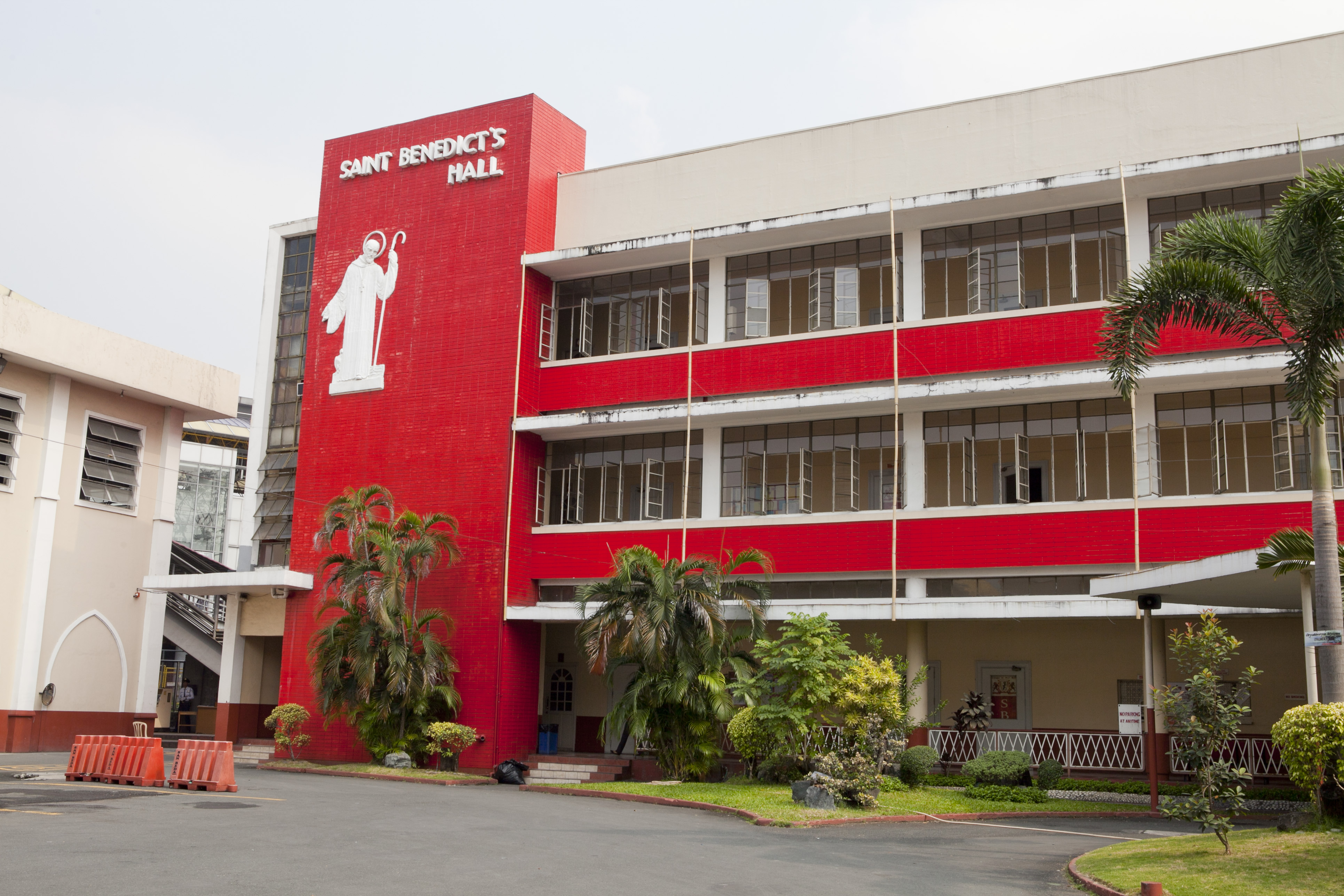
-wStroke(GIF).gif)

